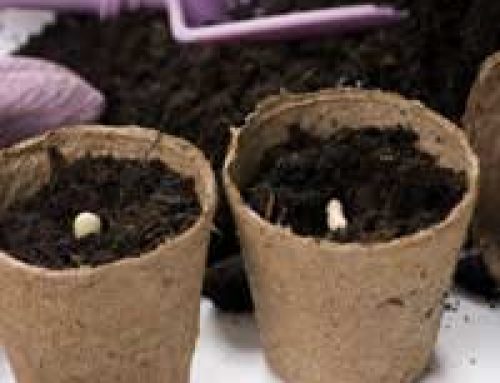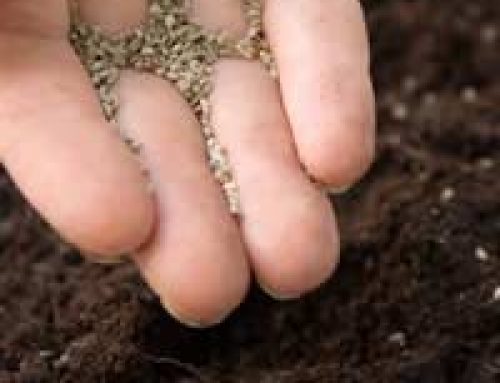
Raised flower bed gardening is a good alternative to conventional gardening and is rather like container gardening, except on a grander scale. It is the perfect form of gardening for elderly people or those who may have difficulty bending down a lot. They are ideal for planting small plots of flowers or vegetables.
Raised Flower Beds – Advantages
As well as making gardening less demanding physically, raised flower bed gardening also has other useful advantages. For example, they create a barrier to pests such as snails and slugs, offer good drainage and you won’t encounter problems with weeds.
Your garden’s soil might also be poor in quality with insufficient nutrients which makes raised flower beds very appealing and the sun heats raised flower beds much more effectively. They are also better for drainage and there is more air circulation. Due to the combination of all of these elements, you can often plant earlier and harvest later due to the fact that the soil will warm up more quickly in the spring and stay warm until later in the autumn.
Raised Flower Bed Construction
The first things to decide in constructing a raised flower bed is where in your garden you want to situate it and what you want to construct it from. Obviously, you’ll need to locate it in a place where your plants will benefit from the most sunlight. As for construction materials, you can use rock, brick, wood or concrete. However, it’s important that any materials you use are non-toxic.
You’ll probably have a particular shape in mind too. The best way of ensuring you create a shape that appeals to you is to peg some stakes in the ground which delineate the areas within in your raised flower bed will be situated. You can also use chalk or flour or even a garden hose to formulate your shape.
Once you have got your shape sorted, you need to lay a couple of inches of sand or gravel on the bottom of the interior with some rock or pebbles to help with drainage and when that’s completed, you should begin constructing and building the sides.
Once you’ve established the height, it’s time to fill in the interior with topsoil. About 8 inches of topsoil is usually sufficient. Then once you’ve filled the interior, use a rake to even the topsoil out. You’re then ready to start planting your seeds.
Making Your Raised Bed Gardener Friendly
Although raised flower beds can be any height with the easiest being a foot or two off the ground, if you suffer with back problems, it might be more practical to build them up to waist height to help you in your gardening. You also don’t want to make them too wide either so that you’re having to stretch. Three to four feet wide is ample. This means that you’ll have no difficulty reaching the middle of the bed, even after the plants have grown in size.
You’ll be able to get advice from your local garden centre as to the type of mixture of soil would be best suited to the kinds of plants you’re looking to grow. You should add compost and any organic matter to a raised flower bed garden and it will continue to thrive for years to come.





Make sure, however, that you don’t build it against somebody else’s property. If you do you may cause dampness in their wall and be responsible for repairing it.
@edislaw. That’s correct and useful extra information to point out. Thanks